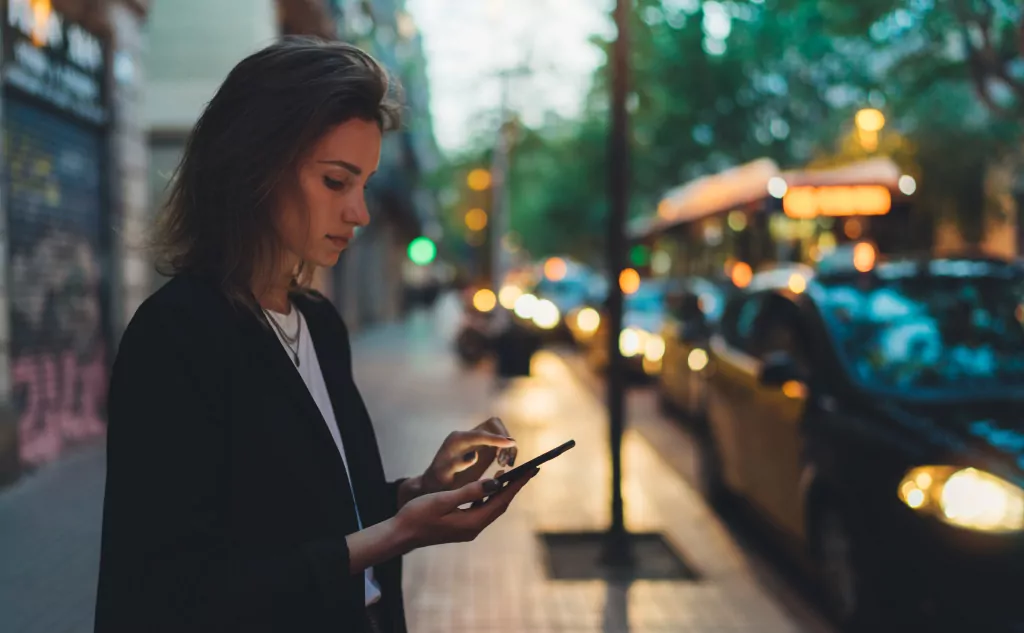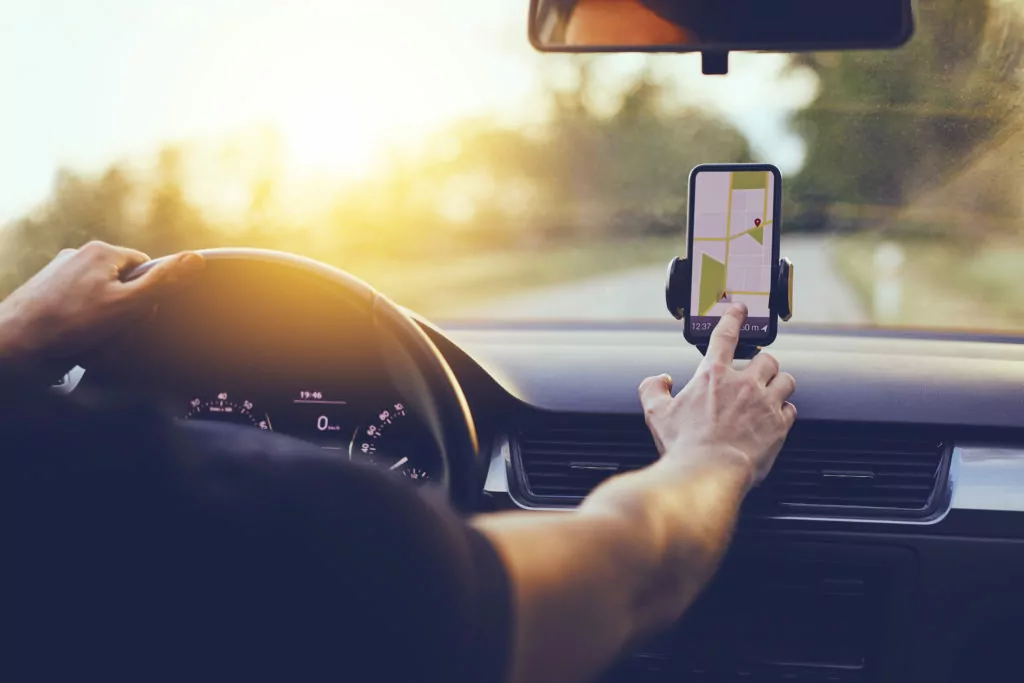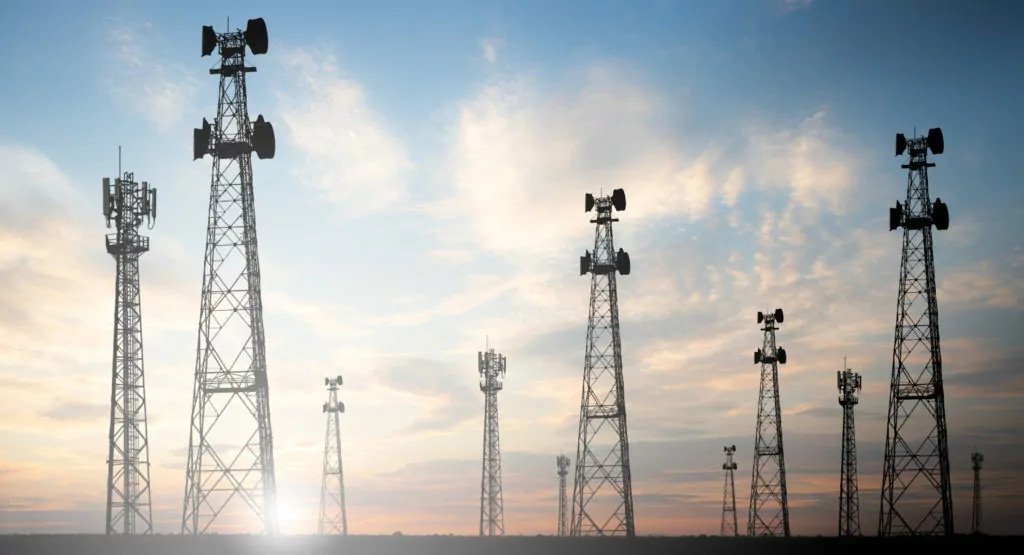Here’s everything about location sharing getting stopped when your phone battery dies:
Location sharing definitively stops functioning if a phone has no power.
Every method used to determine and transmit a phone’s location requires power in order to work.
If you want to be completely certain that your phone’s location is a mystery, remove the battery.
If you want to learn all about what happens to location sharing when your phone battery dies, then you’re in the right place.
Let’s get started!
- Turned Off iPhone Location Sharing: How to Know?
- Hacking Phone’s GPS: How to?
- Snap Map Location: Disappearing if Phone Dies or Inactive?
- Google Thinks You Are in Another State: Why?

How Does Location Sharing Work? (3 Ways)

In order to understand why a phone can’t share its location when the battery is dead, it helps to know how location sharing works.
There are three primary ways that a phone can figure out where it is.
If the phone knows its location, it can transmit that location to anyone or anything that has permission to ask.
As you’re reading this, keep in mind that the assumption is that the phone has no power.
If you plug in a phone with a dead battery, location services can work just fine.
If the battery is dead and the phone is not charging, then the following rules apply.
#1 GPS

The GPS system works through passive transmission.
In other words, the GPS satellites are constantly sending out their location across the whole earth.
Any device with a GPS locator in it can receive that signal and understand it.
The GPS signal only notes the location of the satellite and the precise time the signal was sent (down to minute fractions of a second).
The device then uses math to determine how long it took the signal to get from the satellite to where it was received.
This determines the location of the device.
Once that location is understood, your phone can transmit the GPS-determined location along cellular lines, Wi-Fi or any other communication method.
Here’s the bottom line.
In order for GPS tracking to work, your device has to be able to pick up the GPS broadcast and do the math.
Both of these require electricity, so a dead battery will prevent this from working.
#2 Cellular Triangulation

Another way to figure out where the phone is located is to use cellular triangulation.
Your phone connects to cell towers, and it will usually try to maintain a connection with more than one tower at a time.
If the signal is weak or delayed through one tower, your phone can use the other tower without missing a beat.
When your phone is talking to two or more towers, those towers can track where they are sending and receiving signals relative to each other.
This is known as triangulation, and it allows the cellular network to identify your phone’s location.
That known location can then be used for services that require it.
Once again, power is essential for tracking.
Your phone cannot triangulate its position unless it can actively communicate with cell towers.
#3 IP Address

Wi-Fi is run through static internet lines and routers.
This system is not mobile.
Sure, mobile Wi-Fi is a thing too, but that’s a whole different concept.
When you are connected to Wi-Fi at home or work, you’re on a static infrastructure.
This is important because the internet requires things to be in known locations in order to function.
When data is sent, there are real, physical things that carry the signal, namely electrons or photons.
Those physical things have to know where to go in order for internet communication to be successful.
Your IP address is what makes all of this work.
Your modem has a physical IP address that the internet uses to figure out the correct location on earth to send the information you request.
Your phone connects to that modem via a router, and the router and phone each have their own IP address that relates to the physical location of the modem.
Here’s what that all means.
When you are on your Wi-Fi network, location services that you have to be at the same address as the router and modem that are providing the connection.
That may not provide your exact location down to the nearest foot, but it’s close enough for most location services to work well.
Now, can any of this work if your battery is dead? No.
You have to actively communicate with the router in order for location services to be able to see a functioning IP address and use it to identify where the phone currently is.
A dead phone can’t do any of that.
Can the Phone Be Tracked While It Is Off?

A phone has to have power in order to use location services. What if the battery is charged, but the phone is off?
Can it be tracked then?
The answer is maybe.
When a phone is truly off, it doesn’t ping cell towers or connects to Wi-Fi.
Therefore, it cannot transmit its location to anyone or anything, so location sharing stops.
There’s a major caveat to all of this.
Phones can enable remote startup.
With this feature (which goes by many names), a turned-off phone can be accessed remotely.
The battery still needs to have a charge, but if it does, remote access is designed to turn on a phone that was completely turned off before.
It’s a little more complicated than that.
When this feature is enabled, the phone doesn’t go into a completely off state.
Instead, a small part of the phone remains passively listening for a signal to turn the rest of the phone on.
If this signal is received, the phone powers on, and location sharing can work.
While the phone is off and only passively listening, location-sharing is not functioning.
Most phones do not have this feature enabled.
It is more common for laptop and desktop computers.
The primary reason to have remote wake-up is to access files on a device that you don’t take with you.
Since most people carry their phones everywhere, there’s less reason to use this feature.
But, it technically is possible.

